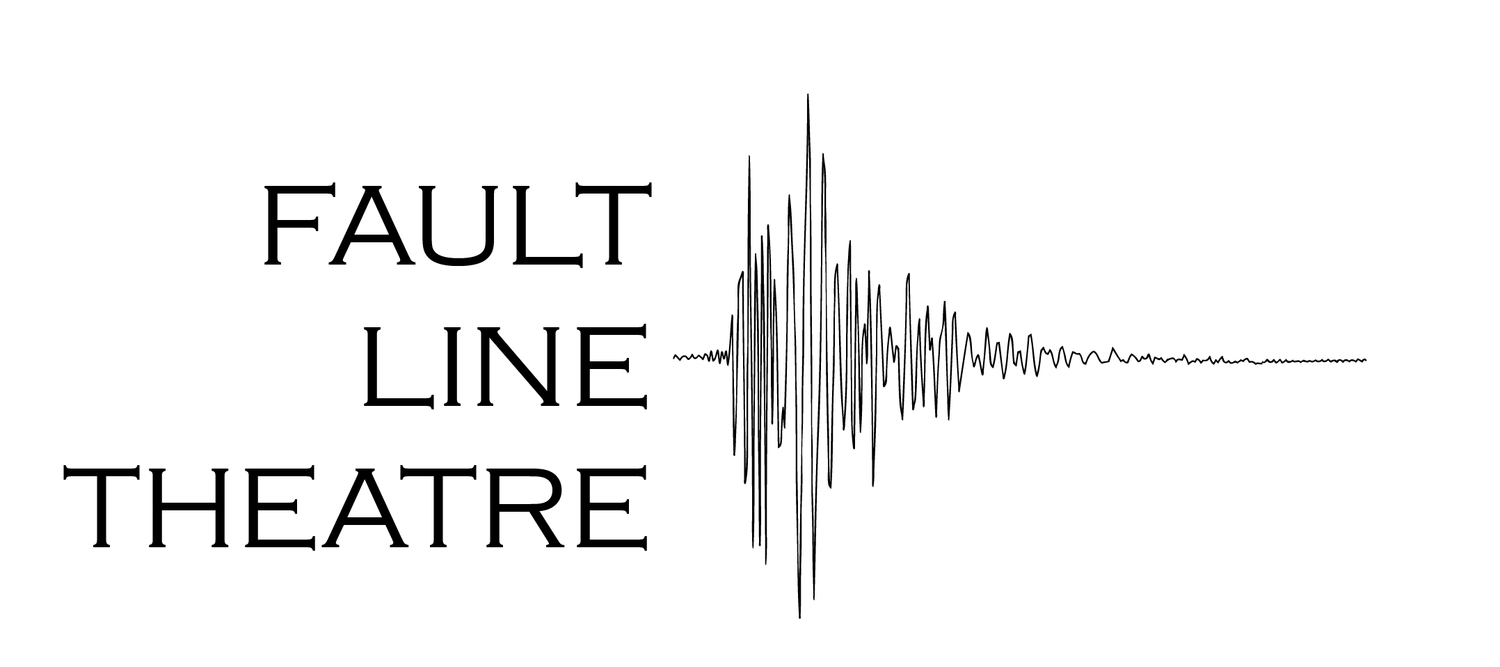Did you catch the review in The Village Voice of Bekah Brunstetter's The Oregon Trail today? If you missed it, we've got you covered! Check it out below:
Fault Line Theatre's 'Oregon Trail' Tracks Sadness Across Centuries
By: Nicole Serratore
Like the classic computer game The Oregon Trail, life is full of unpleasant surprises: There are rivers to forge, diseased to battle, bad decisions to regret, and dead ends to find our way out of. Bekah Brunstetter’s touching dramedy of the same title, now playing at Fault Line Theatre, uses the game as a device to ask how we keep pressing forward in the face of life’s many obstacles.
The play shifts between the 1848 pioneer world of the game and the real world, ca. 1997. We meet “Now Jane” (Liba Vaynberg), an aimless teen besotted with the clueless Billy (Juan Arturo), plagued by an indescribable sadness, and obsessed with the titular game.
Meanwhile, in 1848, “Then Jane” (Emily Louise Perkins) shares something akin to Now Jane’s depression: After the loss of her mother, she faces the arduous journey of a wagon trail from Missouri to Oregon with her father (Jimmy King) and older sister, Mary Anne (Laura Ramadei).
Oscillating between each Jane and Mary Anne’s struggle to “be a person in the world,” Brunstetter explores how depression is carried in these women’s bodies and how they articulate that sorrow in their respective eras. Their shared despondence resonates at times, though in this production, the 1800’s segments never feel as sharply drawn as the contemporary scenes.
Now Jane finds herself, as an adult, unemployed, living Mary Anne’s den, still directionless, and maybe still pining for her junior high crush. The Omnipotent Voice of The Oregon Trail (Craig Wesley Divino), heard but not seen, serves as a sometimes helpful (but more often frustrating) guide for Now Jane, offering her options to proceed in the the vernacular of The Oregon Trail; “You have a broken spirit. How would you like to fix it?” When she is dissatisfied with the options, she shouts “Control-Alt-Delete” at him, but her life isn’t a game; it continues, without a reset, never turning out like she wants.
But despite the darker themes, Brunstetter peppers the play with ample humor. Her strength is in the quippy dialogue and the focus on the winsome Now Jane, which Vaynberg painfully and accurately captures, particularly the teenage awkwardness of being uncomfortable in your own body. Even as she grows into an adult, her constant shuffling and slouching bears this mark. In one moment when things finally seem to be going her away, she casts off the gray and beams. It’s subtle work and Vaynberg navigates it well. Ramadei shows similar range and flexibility with her two Mary Annes: the pioneer version bounds across the stage with forced perkiness and delusional optimism, but Ramadei shades modern Mary Anne with a darker motivation.
When the play clicks its engaging, but that fascination can ebb and flow, and the themes tend to circle the wagon (sometimes literally) without gaining depth. But there is a sincerity and warmth to these young women, who display strength in their survival of the game of life.

